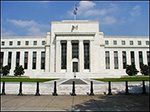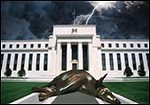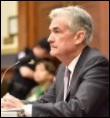
By Pam Martens and Russ Martens: April 23, 2024 ~ Last Friday, the Federal Reserve released its semi-annual Financial Stability Report. In the prior five years, the spring edition of the Fed’s Financial Stability Report was released in May. This year, for reasons we can only guess at (nervously), the Fed released the spring edition early, in April. Given that last spring the second, third and fourth largest bank failures in U.S. history occurred, handing over $30 billion in losses to the federal Deposit Insurance Fund, and one of those banks (Silicon Valley Bank) experienced the fastest run on its deposits in U.S. history, one particular item in the new report that caught our attention was this: “Overall, estimated runnable money-like financial liabilities grew 8.8 percent to $21.3 trillion (75 percent of nominal GDP) over the past year, as a decline in uninsured deposits was more than offset by an increase in assets under management … Continue reading










